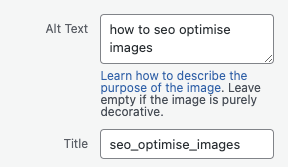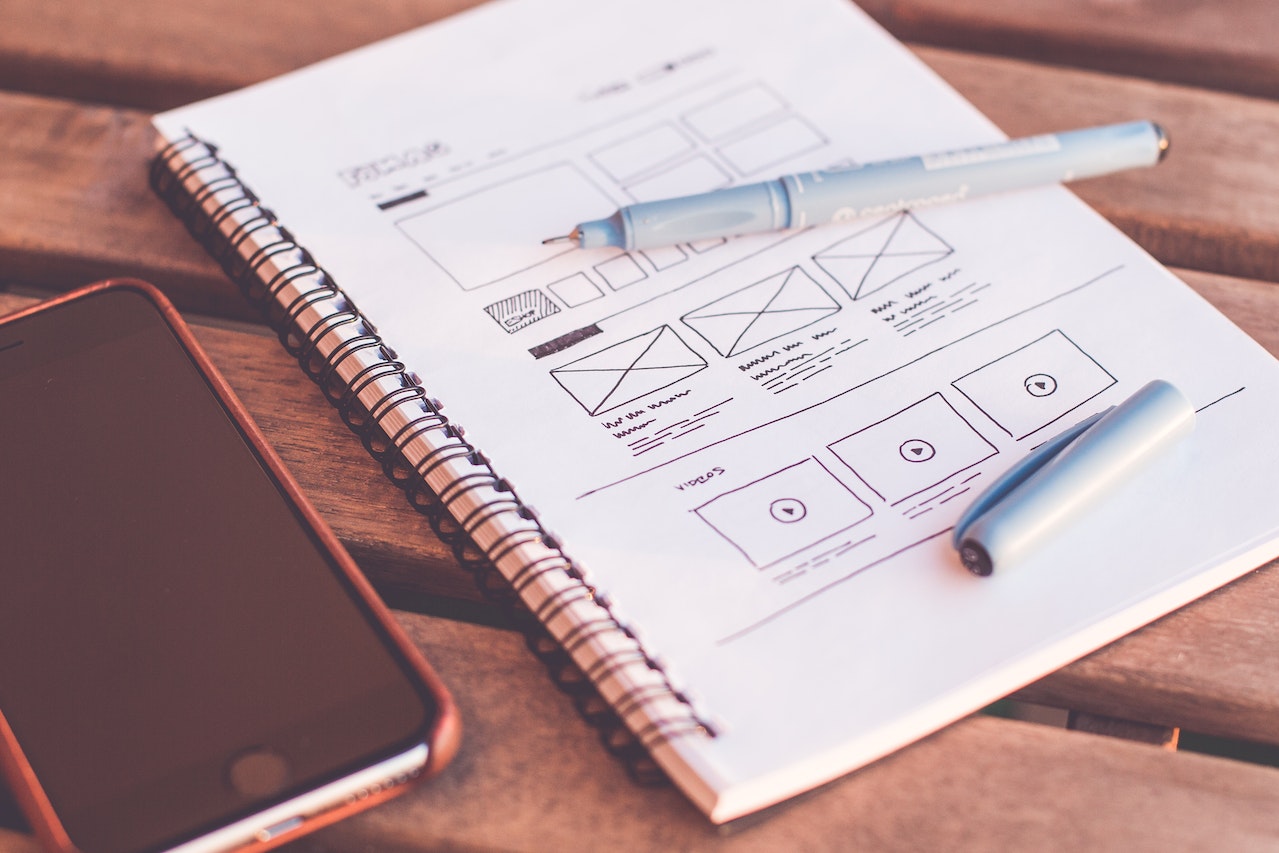How to SEO Optimise Images: A Comprehensive Guide for Success
As an SEO agency, Audeo is consistently helping businesses optimise their web pages to rank higher in search engine results. But when it comes to SEO, it’s not just about the text-based content. Image optimisation plays an essential role in improving your site’s visibility and performance. Not only does it enhance the aesthetic appeal of your site, but it also offers a crucial boost to your image SEO.
Many businesses overlook the importance of image optimisation, focusing only on the textual aspect of their content. In reality, unique images can provide an excellent opportunity for driving traffic, provided they are optimised effectively.
This article seeks to offer you 10 practical ways to optimise images on your website and give your SEO a well-deserved boost.
Book your FREE website MOT today
10 Ways To Optimise Images
1. Choose High-Quality, Unique Images
The first step in image SEO is using high-quality, unique images on your website. Users and search engines both favour original image content. Using stock images isn’t always a bad idea, but whenever possible, using unique images that offer more precise information about the subject matter of the image will be more beneficial.
2. Optimise Image Size and Dimensions
Site speed is a critical ranking factor for Google, and nothing slows down a site more than large, unoptimised images. Therefore, compressing images to reduce their file size without sacrificing quality is vital. Tools like Adobe Photoshop, TinyPNG, or even Google’s Pagespeed Insights can assist in compressing your images to an acceptable size.
4. Use Responsive Images
With the rise in mobile browsing, responsive images have become increasingly important. Responsive images adjust to fit the screen size, providing an excellent user experience across all devices. This adjustment also helps improve site speed on mobile devices, which is crucial for mobile SEO.
5. Include Descriptive File Names
An image’s file name can give search engines valuable context about the content of the image. It’s always a good idea to include descriptive, keyword-rich file names for your images. For instance, instead of naming an image ‘IMG1234.jpg’, name it ‘chocolate-cake-recipe.jpg’.

6. Use Alt Text
Alternative text, or alt text, is a brief description that tells search engines and visually impaired users what an image is about. By including relevant keywords in your alt text, you can improve your image SEO and make your site more accessible.

7. Use Image Title Attribute
Similar to alt text, the image title attribute provides additional information to both users and search engines. While it’s not as crucial for SEO as alt text, it still contributes to the overall optimisation of your images.
8. Implement Structured Data
Google uses structured data to display images in rich results, which can significantly improve your visibility. Applying structured data to your images gives Google more context and helps it better display your images in search results.
9. Create an Image Sitemap
An image sitemap can help Google discover images that it might not find otherwise, particularly if your site relies heavily on JavaScript. By adding image-specific tags to your sitemap, you can give Google more information about the images on your website.
10. Leverage Social Media
Lastly, use social media platforms to display your images. Images shared on social media can appear in Google Image Search results, thus driving more traffic to your site. Make sure you’re using high-quality, optimised images for your social media posts too.
The Benefits Of Optimising Images
The internet, by nature, is a visually-driven platform. Users are innately drawn to the images they see, as they often evoke a stronger emotional response than plain text.
The importance of optimising your website’s images transcends beyond just providing aesthetic value. Image optimisation can have a significant impact on your site’s SEO, page load speeds, user engagement, and overall success online.
Let’s delve into 8 compelling reasons to prioritise this essential task.
1. Enhances User Experience
High-quality, well-optimised images contribute to an overall better user experience. Images break up large blocks of text, making your content more engaging and digestible. They help visually communicate your message and complement your written content. More importantly, properly optimised images load faster, ensuring your users don’t have to wait and are less likely to abandon your site due to slow load times.
2. Boosts SEO Performance
Optimising your images can significantly impact your SEO, helping your website rank higher in search engine results. By appropriately naming your image files, using alt text, and including relevant keywords, you provide search engines with more context about your site’s content. This extra information can improve your visibility in both regular and image search results, driving more organic traffic to your site.
3. Improves Page Load Speed
One of the primary reasons for slow page load speeds is large, unoptimised images. Page load speed is a significant ranking factor for search engines. When you optimise your images by compressing them and choosing the right format, you reduce your page load times. This optimisation not only improves user experience but also enhances your site’s performance in search engine rankings.
4. Expands Accessibility
Alt text plays a vital role in making your website accessible to all users, including those who are visually impaired. Providing alternative text for your images allows screen reading tools to describe the image to users who can’t see it, thereby making your content accessible to a wider audience.
5. Increases Social Media Engagement
Social media platforms are heavily visual. Optimised, high-quality images can attract more engagement on these platforms, leading to more likes, shares, and comments. This engagement can help extend your brand’s reach, generate more traffic to your website, and improve your overall online presence.
6. Encourages Higher Conversion Rates
Optimised images can significantly influence your conversion rates. High-quality, relevant images that load quickly can keep users engaged, providing them with the confidence and information they need to make a purchase. If your images are slow to load or don’t adequately represent your products or services, potential customers might be discouraged and leave your site.
7. Enhances Mobile User Experience
With the massive growth of mobile internet usage, optimising images for mobile devices is more important than ever. Responsive images that adapt to various screen sizes ensure that your content looks great and loads quickly on all devices. This adaptability leads to improved user experience, higher mobile search rankings, and ultimately, more mobile traffic and conversions.
8. Provides Competitive Advantage
Lastly, many businesses overlook image optimisation, focusing only on the textual aspects of their website. By prioritising image SEO, you give your website a competitive advantage in search engine rankings. Not only will this help your site stand out in search results, but it also enhances your brand’s credibility and authority in your niche.
Invest In SEO Services With Audeo
As you can see, image optimisation is not just a minor aspect of SEO. It’s an integral part of your overall digital strategy that can significantly impact your website’s performance and visibility.
At Audeo, we understand the intricacies of SEO and the crucial role that optimised imagery plays in this complex puzzle. Our expert team utilises cutting-edge techniques and tools to ensure that your website, including your images, is primely positioned to deliver superior results.
If you’re ready to unlock your site’s full potential, don’t hesitate to reach out to us. Together, we can create an SEO strategy that drives traffic, engages your audience, and propels your brand to new heights.



